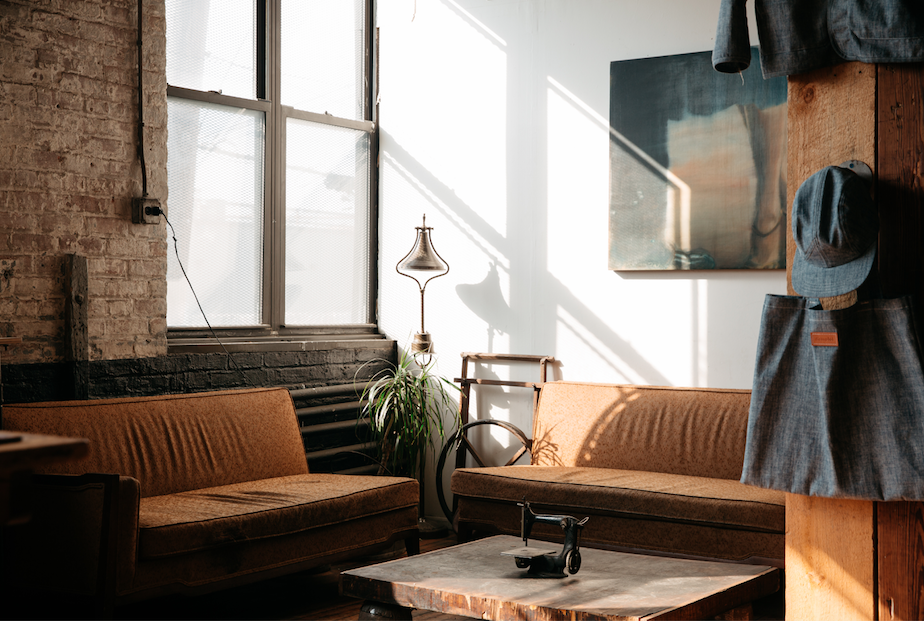Natural light
In simple terms, natural light is light that is generated naturally, the common source of which is the Sun. This is as opposed to artificial light, which is typically produced by electrical appliances such as lamps.
Natural light is received during daylight hours and coves the visible spectrum with violet at one end and red at the other. Not only is natural light beneficial for health, wellbeing and a good source of Vitamin D, it is required by plants to carry out photosynthesis.
Other sources of natural light include fire and, on clear nights, the moon.
Natural light can play an important role in creating a comfortable environment, helping to regulate the body clock, improve concentration and create a calm, tranquil setting. It can reduce the energy consumption of a building compared to artificial light and can also help prevent mould or mildew from developing in buildings since these spores thrive in darkness.
For more information, see How to maximise natural light.
Typically natural light is transmitted to the interior of a building through glazing such as windows, or through other openings. More complex 'daylight systems' collect natural light and deliver it deep into the heart of buildings. They use collectors in the roof to harvest light, then transport it to diffusers in interior spaces.
Exposure to too much natural light can be a problem for workers on a construction site, particularly during the summer, with the risks of sunburn, heatstroke, and glare obstructing vision.
A right to light is a type of easement referring to the right to receive sufficient light through an opening (such as a window), allowing ‘ordinary’ comfortable use and enjoyment of a dwelling, or ‘ordinary’ beneficial use and occupation of other buildings. The levels of acceptable light have not been objectively quantified and are instead assessed on a case-by-case basis by the courts.
For more information, see Rights to light.
[edit] Related articles on Designing Buildings
- Artificial lighting.
- Aspects of daylighting design covered by EN 17037.
- Brise soleil.
- Daylit space.
- Designing daylight solutions for commercial buildings.
- EN 17037 Daylight in buildings.
- Glare.
- Health and wellbeing impacts of natural and artificial lighting.
- Lighting.
- Lighting and health infographic.
- Lighting designer.
- Lighting and offices.
- Site layout planning for daylight and sunlight.
- Solar gain.
- Types of lighting.
- Types of building EN 17037 applies to.
Featured articles and news
Restoring Great Yarmouth's Winter Gardens
Transforming one of the least sustainable constructions imaginable.
Construction Skills Mission Board launch sector drive
Newly formed government and industry collaboration set strategy for recruiting an additional 100,000 construction workers a year.
New Architects Code comes into effect in September 2025
ARB Architects Code of Conduct and Practice available with ongoing consultation regarding guidance.
Welsh Skills Body (Medr) launches ambitious plan
The new skills body brings together funding and regulation of tertiary education and research for the devolved nation.
Paul Gandy FCIOB announced as next CIOB President
Former Tilbury Douglas CEO takes helm.
UK Infrastructure: A 10 Year Strategy. In brief with reactions
With the National Infrastructure and Service Transformation Authority (NISTA).
Ebenezer Howard: inventor of the garden city. Book review.
The Grenfell Tower fire, eight years on
A time to pause and reflect as Dubai tower block fire reported just before anniversary.
Airtightness Topic Guide BSRIA TG 27/2025
Explaining the basics of airtightness, what it is, why it's important, when it's required and how it's carried out.
Construction contract awards hit lowest point of 2025
Plummeting for second consecutive month, intensifying concerns for housing and infrastructure goals.
Understanding Mental Health in the Built Environment 2025
Examining the state of mental health in construction, shedding light on levels of stress, anxiety and depression.
The benefits of engaging with insulation manufacturers
When considering ground floor constructions.
Lighting Industry endorses Blueprint for Electrification
The Lighting Industry Association fully supports the ECA Blueprint as a timely, urgent call to action.




















